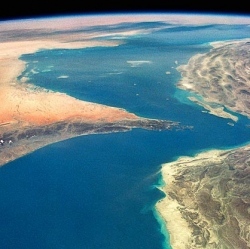
Europe’s Ariane 5 rocket has completed its 100th mission. Tuesday’s flight saw it lift two big satellites into orbit from its operating base in French Guiana. Conceived originally to launch a European space shuttle, the rocket was adapted instead to put up the heaviest telecommunications spacecraft – a market it dominated for many years.
But the emergence of cheaper US rockets means the Ariane 5 must soon give way to a more competitive successor. To be called, predictably, Ariane 6 – this vehicle should make its debut in mid-2020. A backorder of Ariane 5s ensures the old workhorse will continue to fly for some time yet, however.
Two of its remaining missions include sending Europe’s BepiColombo probe to Mercury next month, and putting up the $10bn James Webb Space Telescope – the follow-on to Hubble – in 2021.
"Ariane 5 has been a great success, and it’s not over; we still have four or five years left with this product," said Alain Charmeau, who runs the rocket manufacturer ArianeGroup.
"And even though this is the 100th flight, we continue to improve the product. We continue to grab a few extra kilos in payload performance we can offer to our customers," he told BBC News.
Tuesday’s telecoms "passengers" tipped the scales at a combined weight of 10 tonnes. Ariane placed them on a path that will eventually take them up to a position some 36,000km above the Earth.
From this vantage point, the Horizons 3e spacecraft will be able to deliver connectivity services across the Asia-Pacific region, and the Azerspace-2/Intelsat 38 platform will be able to do the same over Africa, Europe and Central Asia.
